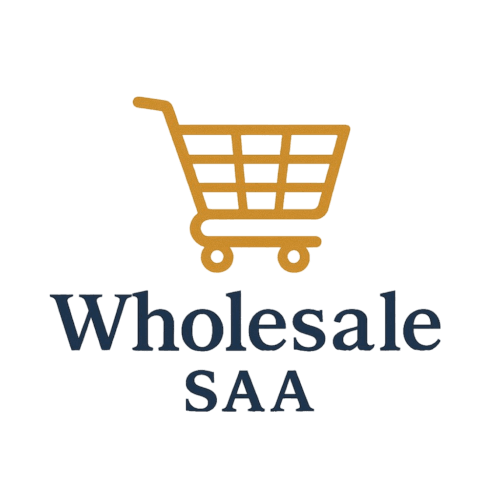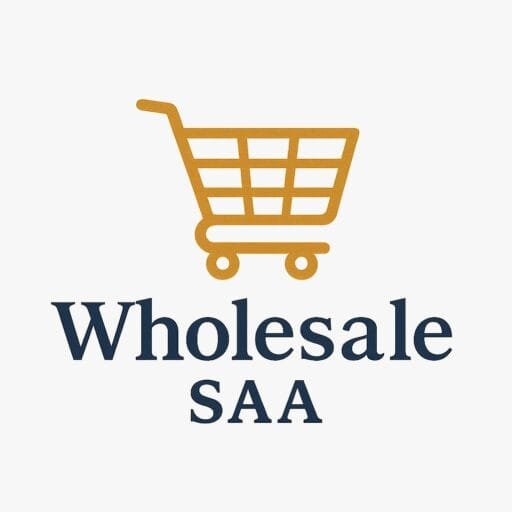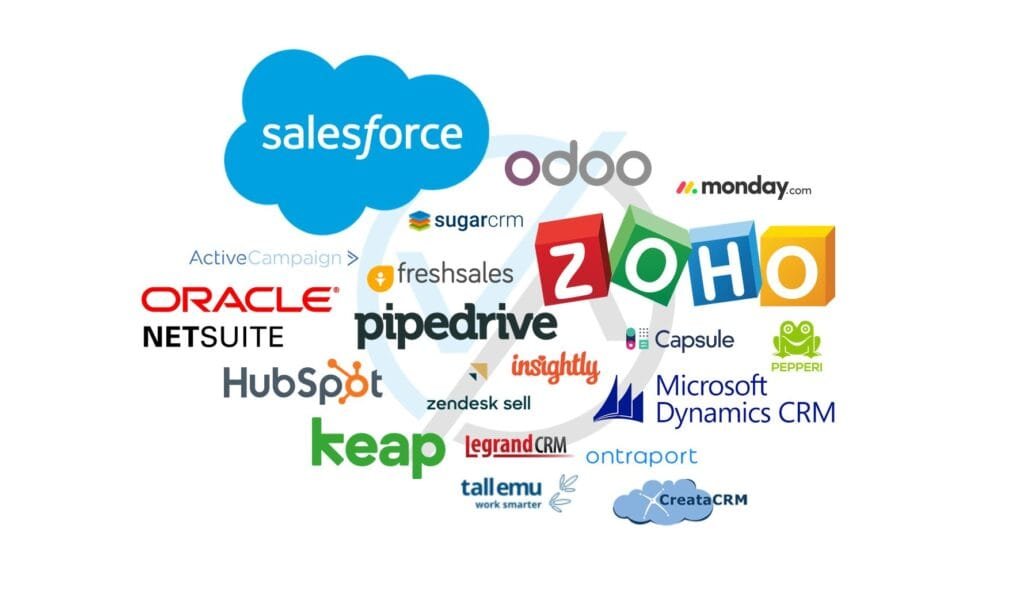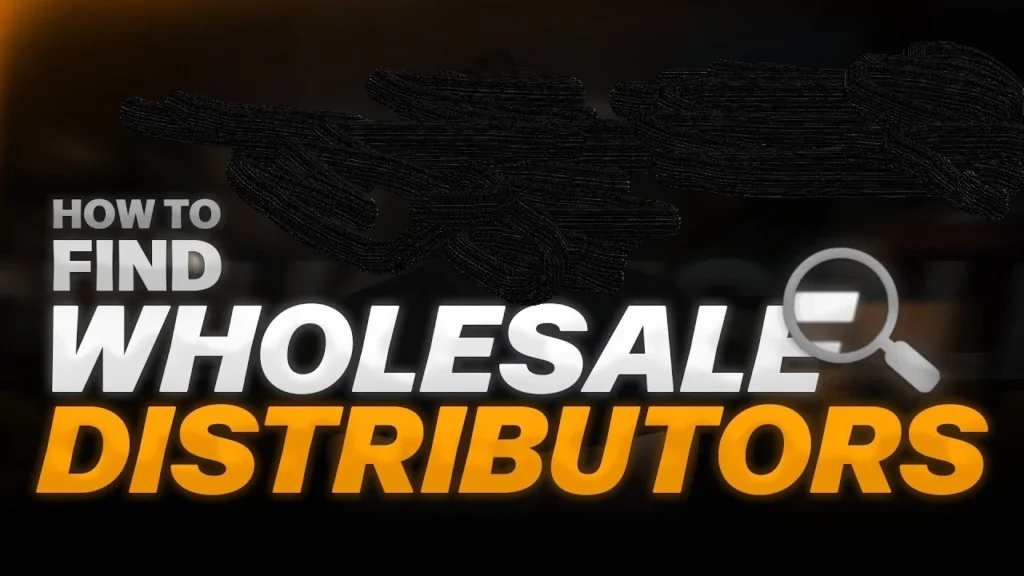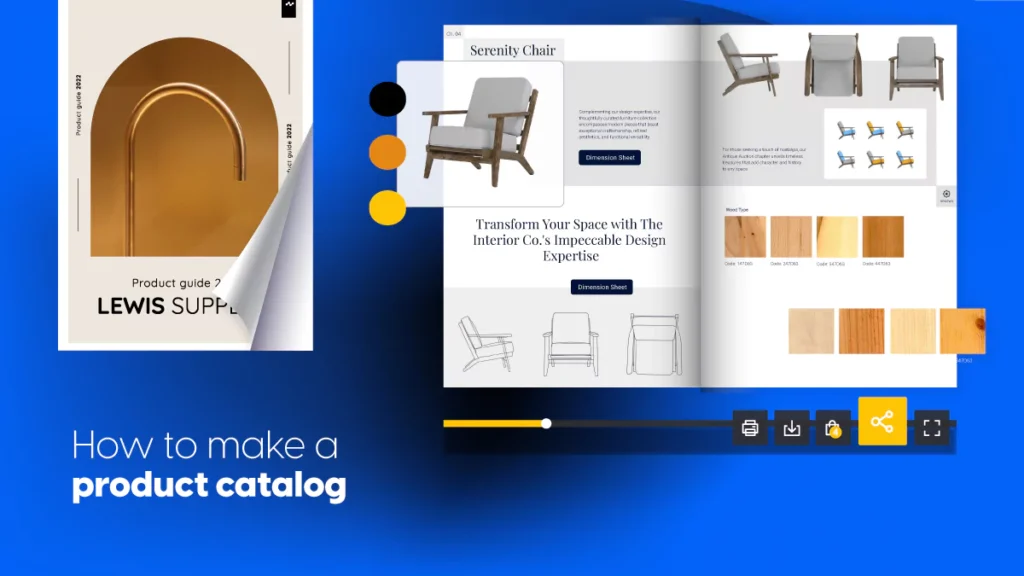Why Wholesale on Shopify Makes Sense in 2025
Wholesale is no longer just for big-box retailers or legacy B2B distributors. With platforms like Shopify streamlining operations, even solo entrepreneurs and small brands can launch thriving wholesale operations online.
By 2025, Shopify has matured into a powerful B2B engine with built-in features like company profiles, volume pricing, and custom storefronts, all designed to help you serve large-scale buyers while automating operations.
Whether you’re an existing DTC brand exploring B2B channels or you’re starting your business with a wholesale-first mindset, this guide will walk you through the full setup from strategy to execution, tools to tactics.
Understand the Wholesale Business Model
What Is Wholesale?
Wholesale is the business of selling products in large quantities, typically at discounted prices to other businesses (not individual customers). The goal is to offload inventory quickly, achieve economies of scale, and build recurring revenue through bulk buyers.
Wholesale vs. Retail: Key Differences
| Category | Retail (DTC) | Wholesale (B2B) |
| Buyer | Individual consumers | Businesses, resellers |
| Order size | Small | Large / bulk |
| Price | Full retail | Discounted (tiered) |
| Sales cycle | Short | Longer, relationship-based |
| Payment | Instant (card) | Net terms, invoices |
Pro Tip: Wholesale is ideal for brands with scalable production, good margins, and repeatable SKUs.
Strategic Planning Before Setup
1. Define Your Ideal Wholesale Buyer
Ask yourself:
- Are you targeting retailers, resellers, distributors, or corporate buyers?
- Do they need exclusivity in their region?
- What is their typical buying cycle?
2. Develop Wholesale Pricing
Set up pricing tiers based on quantity or buyer type:
| Buyer Type | Discount Level |
| Small Retailers | 30% off MSRP |
| National Chains | 40% off MSRP |
| International Distributors | 50%+ off MSRP |
Consider MOQ (Minimum Order Quantity) to maintain profitability.
3. Prepare Your Legal & Logistics Structure
- Create terms & conditions specific to wholesale buyers
- Define return policies for B2B transactions
- Sort out shipping agreements, freight or third-party logistics
- Prepare import/export documentation for cross-border sales
Build Your Wholesale Storefront on Shopify
Shopify gives you two main options for wholesale:
Option 1: Shopify Plus (Best for Scale)
- Built-in Wholesale Channel feature
- Create password-protected storefronts
- Add custom pricing per buyer group
- Supports Net Terms, POs, and bulk uploads
Case Study: A Nigerian fashion brand on Shopify Plus created a wholesale store for African diaspora boutiques in the U.S., increasing average order size by 4x.
Shopify Plus starts at $2,000/month. It’s best for businesses doing $1M+ in annual revenue.
Option 2: Standard Shopify + Wholesale Apps (Best for SMBs)
You can build a powerful wholesale setup on Shopify Basic/Advanced using third-party apps.
Top Recommended Apps (2025):
| App | Features |
| Wholesale Club by Orbit | Tiered pricing, volume discounts, account tagging |
| B2B Handsfree | Custom storefronts, net payment terms, quote management |
| Bold Custom Pricing | Dynamic discounts, wholesale-only products |
| SparkLayer | Sleek frontend experience, scalable integrations |
| Locksmith | Lock products/collections by customer tags |
Combine these with Shopify Flow or Shopify Scripts (Advanced plans) to automate pricing and visibility.
Key Wholesale Features to Implement
1. Tiered Pricing Structures
Use customer tags or pricing groups to assign different rates based on buyer type or volume.
- Example: 1–49 units: 10% off, 50–199 units: 25% off, 200+: 40% off
2. Private/Password-Protected Collections
Make wholesale-only products or prices visible only to logged-in wholesale customers.
3. Bulk Order Forms & CSV Upload
Let buyers add multiple SKUs quickly without browsing. Useful for large catalogs.
4. Net Terms (Buy Now, Pay Later for B2B)
- Offer 15/30/60-day payment terms
- Use apps like Balance, Apruve, or B2B Handsfree to automate this
- Use Stripe Invoicing or Xero to collect B2B payments offline
5. Custom Quotes & Negotiation
Allow large buyers to request custom pricing or submit PO requests directly.
Optimize Operations for Wholesale Success
Fulfillment & Inventory Syncing
If you’re serving both B2C and B2B customers:
- Segment inventory using Shopify locations
- Sync with warehouse management systems (WMS) like ShipBob or Easyship
- Use apps like Stocky for advanced inventory forecasting
Dropshipping or White Labeling?
- Use platforms like Spocket (B2B dropshipping) or Printful B2B to serve clients with custom branding
- Integrate with Shopify Flow to route orders automatically based on buyer type
Marketing and Scaling Your Wholesale Channel
Attract B2B Buyers
- Add a “Wholesale” tab in your main Shopify navigation
- Run LinkedIn and Meta ads targeting procurement managers, retail buyers
- Attend virtual trade shows or B2B marketplaces like Faire, Abound, Handshake
Tip: Offer a “wholesale starter pack” with sample products to build trust with new retailers.
Email & CRM
- Segment leads with Klaviyo or Omnisend
- Set up automated flows: abandoned quote, reorder reminders, low-inventory notices
SEO for Wholesale
- Create a wholesale landing page with FAQs
- Target long-tail keywords like:
- “Wholesale skincare for spas”
- “Bulk organic tea for cafes”
- “B2B African fashion supplier”
Metrics to Track for Wholesale Growth
| Metric | What It Tells You |
| AOV (Average Order Value) | Bulk purchasing strength |
| Repeat Purchase Rate | Loyalty of buyers |
| Payment Terms Aging | Risk and cash flow exposure |
| Product Sell-Through Rate | Inventory efficiency |
| Gross Margin per Order | B2B profitability |
Use Shopify’s native analytics or connect with Google Looker Studio, Lifetimely, or Inventory Planner for advanced dashboards.
Common Pitfalls to Avoid
| Mistake | How to Avoid |
| Using retail pricing for wholesale buyers | Always set tiered discounts |
| No MOQ policy | Leads to low-margin chaos |
| Mixing retail/wholesale inventory | Use warehouse segments or locations |
| Not vetting wholesale buyers | Use application forms and manual approval |
| Invoicing manually | Use automated net terms apps or Stripe invoicing |
Launch Your Wholesale Empire, One Order at a Time
Setting up a wholesale business on Shopify in 2025 is more accessible than ever. Whether you’re testing wholesale waters or going all-in, Shopify gives you the flexibility to scale without needing a second website, separate systems, or expensive custom platforms.
With the right apps, pricing logic, buyer segmentation, and fulfillment flow, your store can serve thousands of B2B clients without breaking a sweat.
The time to build your wholesale channel is now, before your competitors do.
